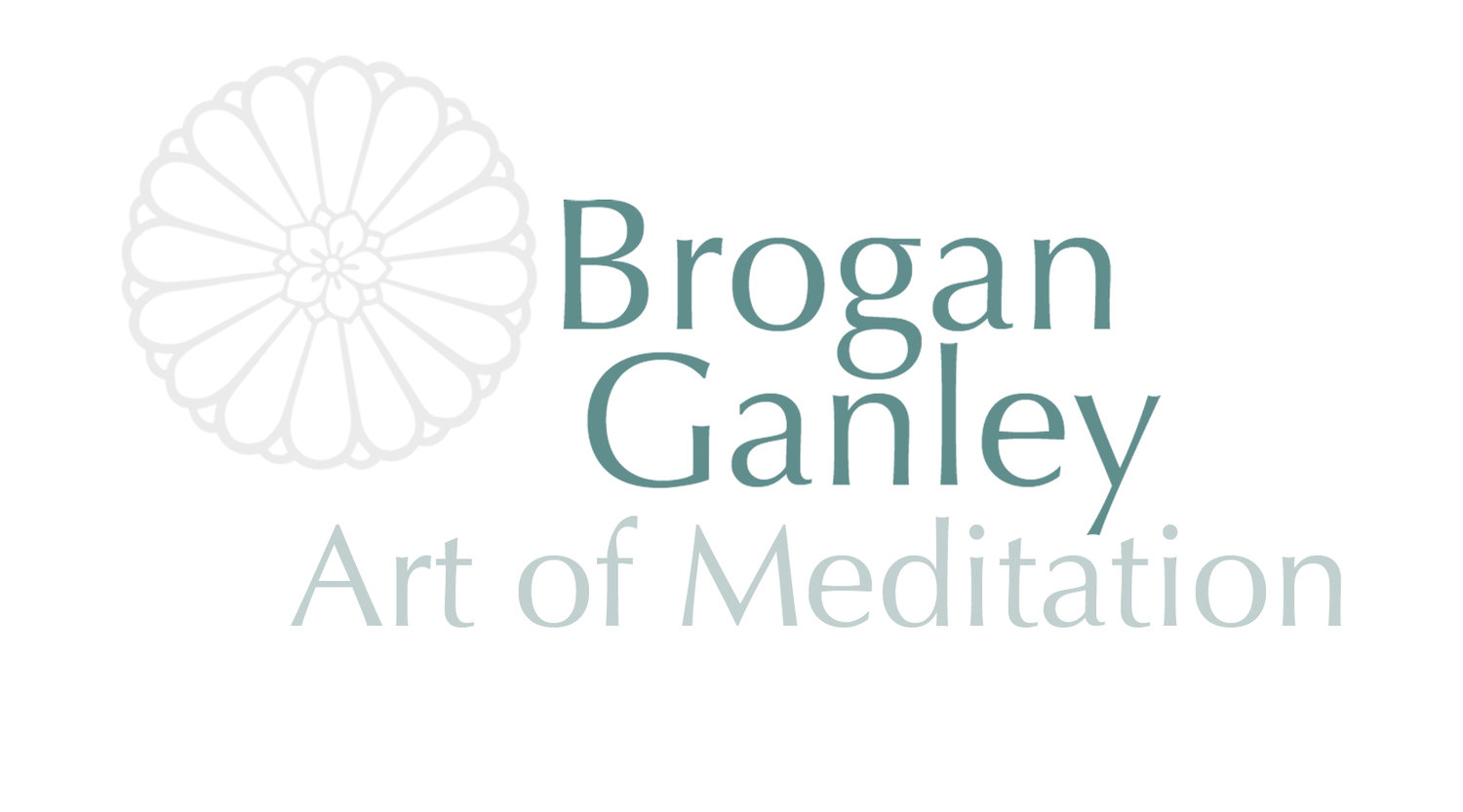It's Cool to be Kind! The Many Benefits of Kindness & Teaching our Children Well.
/Kindness board at ps58, brooklyn
Last month we looked at compassion for ourselves and for others and how that can be practiced in Mindful Meditation. This month we are turning to the practice of Loving Kindness Meditation. This month we are going to examine kids and Kindness.
Now more than ever it is necessary to be kind. It is important to think about kindness as a skill that we can grow from an early age. I grew up in a family of natural “helpers,” who went out of their way to help others, from my dad teaching adults to read, to my mum creating care packages for her students. They never made a big deal about it, I don’t even remember discussing it, but neither one would ever walk past someone in need without helping. It was just what they did, it was just how they lived. I now realize now, especially now that I am a parent, that they had a lasting impression on me.
There are many ways to help children learn to be kind. Seeing you help someone who has dropped groceries, or giving change to someone in the street, or providing any help those you see who need help on a daily basis.
When you are in the playground and a child falls over, it’s easy to say to your child, “Oh let’s make sure she’s are ok.” It can be an hourly teaching if you have more than one child!
Kindness can also be an on-going conversation. Talk to children whenever you can about it. What is it, how does it help, who feels good after an act of kindness? Is it necessary to be recognized for an act of kindness to feel good? Notice it in others and bring attention to it, notice it in them when they are kind.
Good deeds, gestures of generosity – these are mindful actions intended to help another living thing. They may be big or small, planned or spontaneous. Work with your child to find ways to express kindness.
Have them think about a time when someone helped them unexpectedly or gave them a compliment. Memories like this have a lot power – they can help children to see that they can act in the same way to help another and make someone else feel that good.
Social acts of kindness cultivate a shared happiness, build relationships, and give people a sense of connectedness to a group or community. When I work with teachers, I always recommend some kindness teaching and discussion in the classroom. Make kindness cool again! It builds a classroom full of optimism. This awareness encourages compassion and understanding towards others.
Kindness makes you feel good – when we do selfless things for others our brain releases the feel-good neurotransmitter dopamine.
It can be a great thing for the anxious child (or adult!) to focus on. When entering a social situation, classroom or party, have your child look around for who needs help.
If you need a bit of motivation or inspiration you can make kindness an activity that is part of your weekly schedule. Create a jar of suggestions that each member of the family draws from. Write thank you notes to each other, to a teacher, nice storekeeper, crossing guard etc – get your children to think about those that do things for them and celebrate that.
Kindness can also be cultivated through meditation. You can guide a meditation for your child or use a guided meditation to visualize offering kindness to those you love, those you don’t really know, and those you may have conflict with. It is a truly wonderful practice and there is much research to show that meditating in this way activates empathy and emotional processing in the brain, and increases grey matter volume in the areas of the brain relating to emotion regulation. It increases empathy and compassion and helps to curb self-criticism.
“Wherever there is a human being, there is an opportunity for a kindness.”
Lucius Annaeus Seneca







